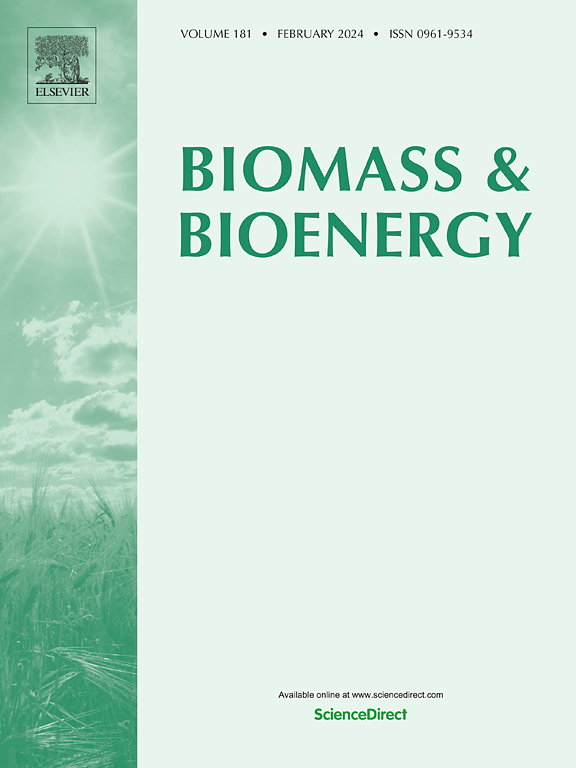Harnessing industrial waste for the co-production of mannosylerythritol and cellobiose lipids by Ustilago maydis
IF 5.8
2区 生物学
Q1 AGRICULTURAL ENGINEERING
引用次数: 0
Abstract
Ustilago maydis, the fungus responsible for corn smut disease, produces valuable glycolipid biosurfactants: mannosylerythritol lipids (MELs) and cellobiose lipids (CBLs). These compounds have gained industrial interest due to their surface-active and antimicrobial properties. However, downstream processing challenges have hindered their commercial adoption, especially in the absence of hydrophobic substrates. This study explored the co-production of MELs and CBLs by U. maydis DSM 4500 using pure and waste-derived substrates. Results showed that CBLs were predominantly produced during the exponential growth phase, whereas MELs were favoured in the stationary phase. While acidic (pH 2.6) and nitrogen-limited conditions enhanced glycolipid production, microbial growth was inhibited, reducing overall yields. To overcome this, a two-stage strategy was implemented. Biomass formation was first optimized under neutral pH (6.0) and nitrogen-replete conditions. In the second stage, biomass was transferred to glycolipid-favouring conditions, leading to a 190 % and 108 % increase in MEL and CBL titres, respectively, compared to a single-stage process. Additionally, sugarcane molasses was explored as an alternative carbon source, achieving a final CBL titre of 0.43 g/L. Though relatively low, this represents the first report of CBL production from an industrial waste stream. These findings highlight the potential for sustainable co-production of MELs and CBLs from industrial waste, paving the way for future research on optimizing yields and scalability.

求助全文
约1分钟内获得全文
求助全文
来源期刊

Biomass & Bioenergy
工程技术-能源与燃料
CiteScore
11.50
自引率
3.30%
发文量
258
审稿时长
60 days
期刊介绍:
Biomass & Bioenergy is an international journal publishing original research papers and short communications, review articles and case studies on biological resources, chemical and biological processes, and biomass products for new renewable sources of energy and materials.
The scope of the journal extends to the environmental, management and economic aspects of biomass and bioenergy.
Key areas covered by the journal:
• Biomass: sources, energy crop production processes, genetic improvements, composition. Please note that research on these biomass subjects must be linked directly to bioenergy generation.
• Biological Residues: residues/rests from agricultural production, forestry and plantations (palm, sugar etc), processing industries, and municipal sources (MSW). Papers on the use of biomass residues through innovative processes/technological novelty and/or consideration of feedstock/system sustainability (or unsustainability) are welcomed. However waste treatment processes and pollution control or mitigation which are only tangentially related to bioenergy are not in the scope of the journal, as they are more suited to publications in the environmental arena. Papers that describe conventional waste streams (ie well described in existing literature) that do not empirically address ''new'' added value from the process are not suitable for submission to the journal.
• Bioenergy Processes: fermentations, thermochemical conversions, liquid and gaseous fuels, and petrochemical substitutes
• Bioenergy Utilization: direct combustion, gasification, electricity production, chemical processes, and by-product remediation
• Biomass and the Environment: carbon cycle, the net energy efficiency of bioenergy systems, assessment of sustainability, and biodiversity issues.
 求助内容:
求助内容: 应助结果提醒方式:
应助结果提醒方式:


